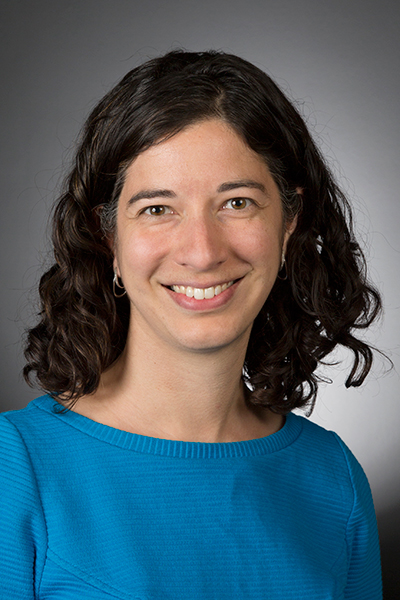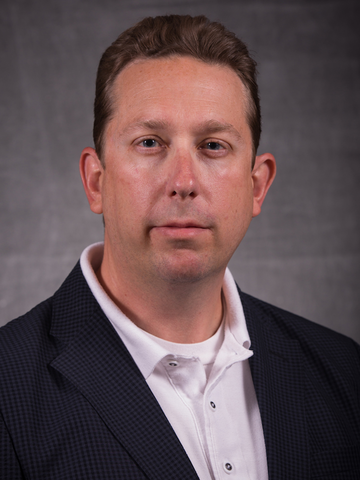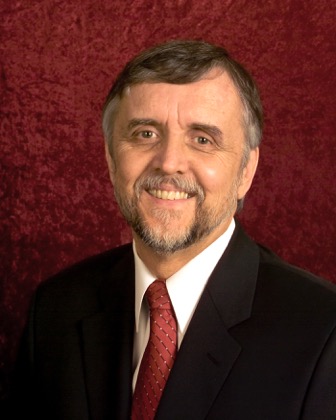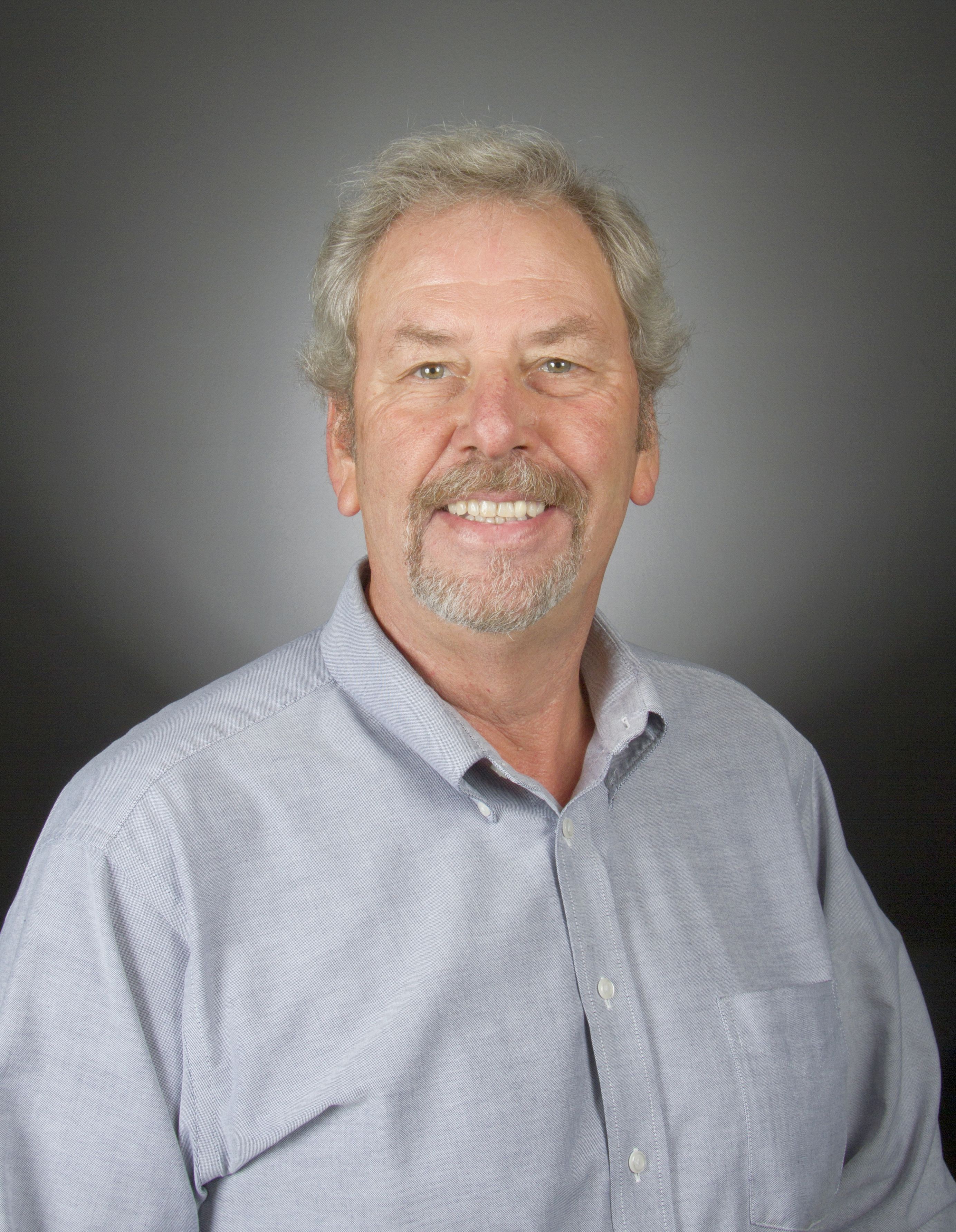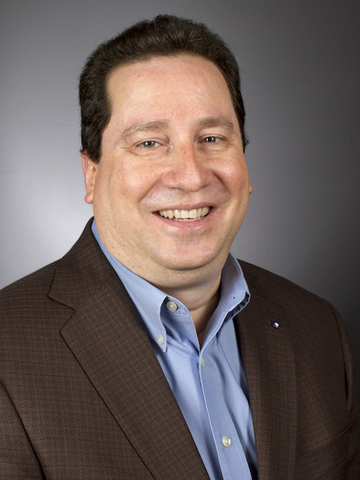Essential reading
ASU engineering faculty, staff recommend books that entertain, enlighten and inspire
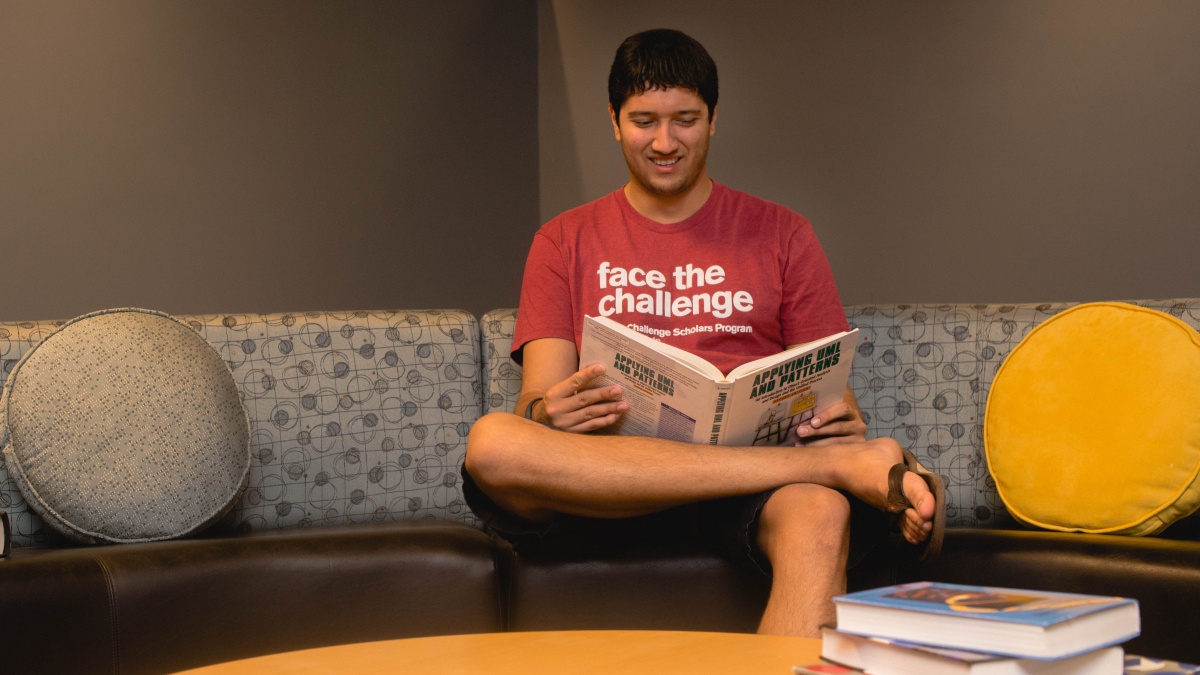
Need inspiration? Encouragement? Guidance on navigating life’s challenges?
Just looking for something fun and escapist to provide a respite from the daily grind?
Or a compelling story to engage your heart and mind?
Here’s our fifth annual “Essential reading” feature in which members of the faculty and staff of the Ira A. Fulton Schools of Engineering recommend books to students to fulfill any of those needs.
“The Spirit Catches You and You Fall Down: A Hmong Child, Her American Doctors, and the Collision of Two Cultures,” by Anne Fadiman
“The Circle,” by Dave Eggers
Recommended by Emma Frow, assistant professor, School of Biological and Health Systems Engineering and the School for the Future of Innovation in Society
“The spirit catches you and you fall down” is a phrase used by the Hmong culture to describe epilepsy. Epileptic individuals often take on spiritual and healing roles in Hmong society, in part because they are thought to have privileged access to the sacred realm. In contrast, Western medicine views epilepsy as a neurological condition that needs to be brought under control. Anne Fadiman’s book is a nonfiction account of the clash between a small hospital in California and an immigrant Hmong family over how to best care for their severely epileptic infant daughter. This is a detailed and beautifully crafted text that takes us into the hearts and minds of the Lee family and their doctors, sharing a tragic story of deep cultural miscommunication in a sensitive and balanced way. This might seem like an odd book to recommend to engineers, but there are powerful lessons to be drawn from Fadiman’s work. It’s all too easy to think that the users of the technologies we design think just like us and share the same values we do. Fadiman’s book shows us just how wrong that assumption can be at times. She points to the critical importance of deep engagement with the worldviews of those who we claim to be designing for — in medicine as well as across engineering disciplines.
“The Circle” is an easy but provocative summer read. It follows the life of Mae Holland, a recent graduate who can’t believe her luck when she lands a job at the Circle, a successful internet company in Silicon Valley. The company is developing cutting-edge technologies intended to promote information sharing and make societies more transparent. Sounds cool, right? But can you have too much of a good thing? As we follow Mae’s increasingly public life through this gripping novel, Eggers grapples with serious questions about privacy, democracy and the control of information in society.
“The Singing Bones,” by Shaun Tan
“Applied Minds: How Engineers Think,” by Guru Madhavan
Recommended by Tirupalavanam Ganesh, assistant dean of Engineering Education and associate research professor, School for Engineering of Matter, Transport and Energy
Ever wonder what made the fairy tales of your childhood fascinating? Fairy tales repeatedly illustrate how humans use their profound imagination to make sense of an often improbably challenging world. They offer instances of human ingenuity in creating narratives that resist the world’s difficulties. Shaun Tan takes a unique approach to reinterpret the tales collected and written by Wilhelm and Jacob Grimm. He created small-scale sculptures using papier-mâché and a fast-drying clay that children are partial to, as they explore making objects from their imaginations. These sculptures are somehow curious, unique and mysterious in how well they seize the core of the fairy tales they represent. Tan photographed his sculptures to create “The Singing Bones.” He is no stranger to adopting new genres of communication dealing with the challenge of “how to represent things that are hard to represent.” I first discovered Tan’s work 10 years ago with his wordless and exceptionally insightful work, “The Arrival.” Since then, I have experienced each of his books. Escape into the magical yet terrifying world of the Brothers Grimm’s tales through Tan’s interpretive lens. It will be an experience that inspires and challenges you.
Written by an engineer, “Applied Minds” is about how engineers “convert feelings into finished products.” How do engineers see structure when there is none and everything is seemingly chaotic? Engineering is obscure to the outside world of non-engineers, and much of what engineers do is often taken for granted. Madhavan uses case studies to demonstrate the ways engineers use prototyping, feedback, reliability, standards, efficiency and optimization in distinct areas such as entertainment, health care and transportation. What does the Seven Years’ War that started in 1756 in Europe and involved almost every great power of the time have to do with how engineers think and practice their profession today? As an engineer in training, you are entering a profession of heroes. Read “Applied Minds” to learn about the practice of engineering and the mind-set that gives you your hero powers. Madhavan refers to engineers as “propellers of economies, designers of our material destinies ... and subliminal brokers who facilitate our experiences with the world.” He helps engineers make the familiar strange, and he inspires us to think critically about our world, and to adopt different ways of seeing things that can turn us into motivated and ingenious problem-solvers.
“The Fifth Discipline: The Art & Practice of the Learning Organization,” by Peter M. Senge
Recommended by Sandeep Gupta, professor and computer engineering graduate program chair, School of Computing, Informatics, and Decision Systems Engineering
Quoting basketball superstar Michael Jordan: “Talent wins games, but teamwork and intelligence win championships.” As a college student, your success depends mostly on your hard work and creativity as an individual. In your career, success will increasingly depend on how well you perform on a team and how well your teams perform together. In the future, you will likely be part of many teams working to solve the big problems of our times. Successful teamwork is so important in the quest for visionary technological advancements that Google has spent millions of dollars researching why some teams of highly qualified and creative individuals work wonders, while others fail miserably. The researchers will tell you it’s not an easy nut to crack. Fortunately, you can learn some of the tried and true keys to highly successful teams — or companies — by reading Peter Senge’s “The Fifth Discipline.” The book provides a holistic perspective on what kinds of teams have the best chance to succeed, and, more importantly, how to engineer such a team. The recipe consists of four fundamental disciplines: personal mastery, mental models, shared vision and team learning woven together with the fifth discipline: systems thinking. As Steve Jobs said, “Creativity is just connecting things.” In “The Fifth Discipline” you will get insight into how creative teams — called “Learning Organizations” in this book — can be created by “connecting” or aligning the five fundamental disciplines.
“The 7 Habits of Highly Effective People: Powerful Lessons in Personal Change,” by Stephen R. Covey
“A Short History of Nearly Everything,” by Bill Bryson
Recommended by Jeremy Helm, director, Academic Administration & Student Success
“The 7 Habits” is a timeless classic that is just as meaningful now as when it was first published in 1989. This is a great book that contains words of wisdom applicable to students, professors, parents and CEOs alike. As Jim Collins (author of the management book “Good to Great”) writes in the foreword to the 25th-anniversary edition of “The 7 Habits”: “Covey created a standard operating system — the ‘Windows’ — for personal effectiveness, and he made it easy to use.” The principles covered in the book can serve to improve your effectiveness not only as a student, but also in your personal and professional lives.
I was first introduced to Bill Bryson’s writing when an Australian friend gave me a witty book authored by Bryson titled “Down Under: Travels From a Sunburned Country.” The book, a humorous travel guide, resonated with me because I often found myself in humorous situations while travelling in Japan during 14 months I spent there working with the Japan Exchange and Teaching Programme. Bryson takes the same humorous approach with his popular science book, “A Short History of Nearly Everything.” Taking inspiration from great science writers such as Timothy Ferris and Richard Feynman, Bryson devoted three years to researching the answers to what he calls “a lot of outstandingly dumb questions” such as “How do we know how much the Earth weighs?” and “How do we know what goes on inside an atom?” For a break from your advanced physics studies, I recommend this book for an entertaining yet informative look at the history of science and discovery.
“Quiet: The Power of Introverts in a World That Can’t Stop Talking,” by Susan Cain
Recommended by Mark Henderson, professor, the Polytechnic School
I believe the majority of engineers (and engineering students) can be classified as introverts, and the reason I think that is because many are more interested and comfortable with things than with other people. You know the infamous joke about how you can identify an extroverted engineer? They look at your shoes rather than theirs. Ha ha. I am an introvert, and introverts are typically maligned in society by people who encourage us to get up and be extroverts, because extroverts like company. We feel compelled to comply because extroverts are beloved by society for their energy and outgoing nature. Susan Cain presents an overview of the introvert personality (she is one, also). She shows how you can predict if babies are introverts or extroverts: If infants hear a loud noise, are the introverts the ones who respond by making noise, or the ones who are quiet? The answer is probably not what you expect. The author goes on to explain the value of being an introvert in this world, tells how to survive and thrive as an introvert, and reveals some of the introverts among famous figures of history. After I finished the book, I was not only OK with being an introvert, I was proud of it.
“Scarpetta,” by Patricia Cornwell
“Dreaming of the Bones,” by Deborah Crombie
Recommended by Sandra Houston, professor, School of Sustainable Engineering and the Built Environment
To take your mind off the rigors of engineering for a while, I’ve always liked the “whodunit?” stories — they’re just fun. There are two mystery book series I especially like, Deborah Crombie’s Duncan Kincaid/Gemma Jones mysteries (Scotland Yard-type mysteries) and Patricia Cornwell’s Scarpetta series. Crombie’s “Dreaming of the Bones” was the first of these I read. It was great entertainment and brought me back for more. Among Cornwell’s most popular books, I recommend the one simply titled “Scarpetta.” Maybe I like these books because the characters carry over from book to book, so you sort of get to know the players. Or maybe it’s because of the strong female lead characters. If that makes me sound like a feminist, that’s OK, because I am.
“Getting to Yes: Negotiating Agreement Without Giving In,” by Roger Fisher, William L. Ury and Bruce Patton
Recommended by Lina Karam, professor, School of Electrical, Computer and Energy Engineering
Throughout your life, whether in school, college, work or home, we have to deal with various people (classmates, teammates, teachers, parents, siblings, clients, managers, friends, spouses) who have different personalities, beliefs and interests. “Getting to Yes” offers an effective method for productively communicating with different kinds of people in various situations, and to negotiate agreements and resolve disputes in ways that are favorable to all parties involved. The method is designed to help strengthen relationships and avoid creating more conflicts and misunderstandings in the future. The authors provide advice that can help you in everything from business ventures and personal friendships to relationships between teachers and students, and between managers and employees. In short, the book offers lessons on how to lead a less stressful and more successful life.
“The Man Who Walked Through Time,” by Colin Fletcher
Recommended by Rick Martorano, director, Engineering Technical Services
For those of us obsessed with the Grand Canyon, Colin Fletcher is the man who truly “walked through time” by trekking the length of Grand Canyon National Park in 1963 at age 41. In this classic book of nature writing, every step down a Canyon trail that Fletcher takes brings you thousands of years into the past. His observations about the joys of backpacking and his realization that life can begin again at 41 led me to reinvent myself at age 40. His tales of the lonely places ignited my interest in hiking, and on my 40th birthday I followed his path below the Canyon’s South Rim, down the trails in search of the places Fletcher described. His two-month-long hike — often bushwhacking where no trails existed — brought him to places far from the beaten path, and into some dangerous situations. The journey gave him insights into geology, the human condition and his own life, and he gives readers an inspiring introduction to the Grand Canyon’s beauty. Reading his story can be a life-changing experience. More than 25 years later, at age 67, Fletcher solo hiked and rafted the length of the Colorado River, documenting the trip in another book, “River: One Man’s Journey Down the Colorado, Source to Sea.”
“Hug,” by Jez Alborough
Recommended by Ann McKenna, professor and director of the Polytechnic School
For those of you who have young children I recommend this book, which has a total of three words but images that tell a wonderful story. The main character is sadly wandering through the jungle searching for a “hug” as he encounters many pairs of animals that have what he seeks. A friendly elephant helps him, while the others follow along, and after much searching he expresses frustration. Through that expression he ultimately finds what he is looking for, and he is reunited with a hug. The main character expresses thanks to the elephant, and all the animals gather to celebrate, with hugs all around. This is one of my favorites because it makes me smile every time I “read” it. At its core is a story of different individuals (represented in this case by animals) who form a community that helps someone in need. They demonstrate empathy and care, and collectively celebrate with genuine mutual joy in the end. I have been fortunate to become aware of many great children’s books like this one because my mother-in-law was a former elementary school librarian, and books were a frequent gift to my kids. I’m not totally sure, but I think my kids liked this book as much as I did.
“The Templeton Plan: 21 Steps to Personal Success and Real Happiness,” by Sir John M. Templeton, as described to James Ellison
“The Chip: How Two Americans Invented the Microchip and Launched a Revolution,” by T.R. Reid
Recommended by Daniel E. Rivera, professor, School for Engineering for Matter, Transport and Energy
The late John Marks Templeton was a highly successful investor and founder of the Templeton mutual funds, a multibillion-dollar company built from an initial $10,000 in borrowed money. His narrated book describes in an engaging and accessible manner some practical, sensible steps to which Templeton attributes his success — in business and in his personal life — starting from his days as a boy in Tennessee to his many years in the business world. The book provides essential material for students and young professionals wishing to make a mark in society. There is multifaceted advice on a wide range of topics (for example, attitude towards work, facing challenges and failure, time management, relating to people). While some advice can be hard to swallow (watching too much television as a barrier to success), overall I have found this book to be thoughtful and extremely valuable.
“The Chip” is a fascinating account of the invention of the integrated circuit, which was independently developed by Jack Kilby (at Texas Instruments) and Robert Noyce (at Fairchild Semiconductor; he would later be one of the co-founders of Intel Corporation). T.R. Reid is a journalist who does a fantastic job at describing the personalities of two very different individuals whose contributions played a major role in the rise of the semiconductor industry. The book is also an engaging account of the history of the semiconductor industry as a whole. This is a worthwhile read for students and recent graduates that provides some interesting perspectives on technical accomplishment, and illustrates that there can be many paths to career success.
And if you don’t find everything you’re looking for on this list, check out book recommendations from past years:
